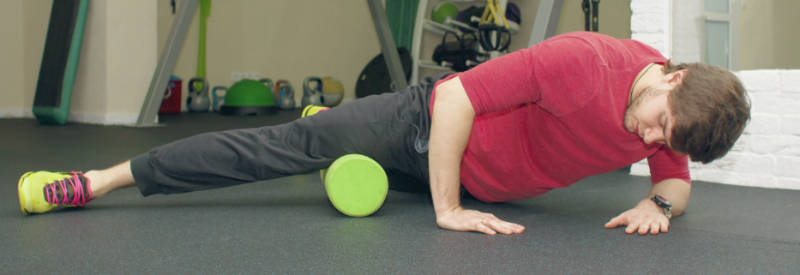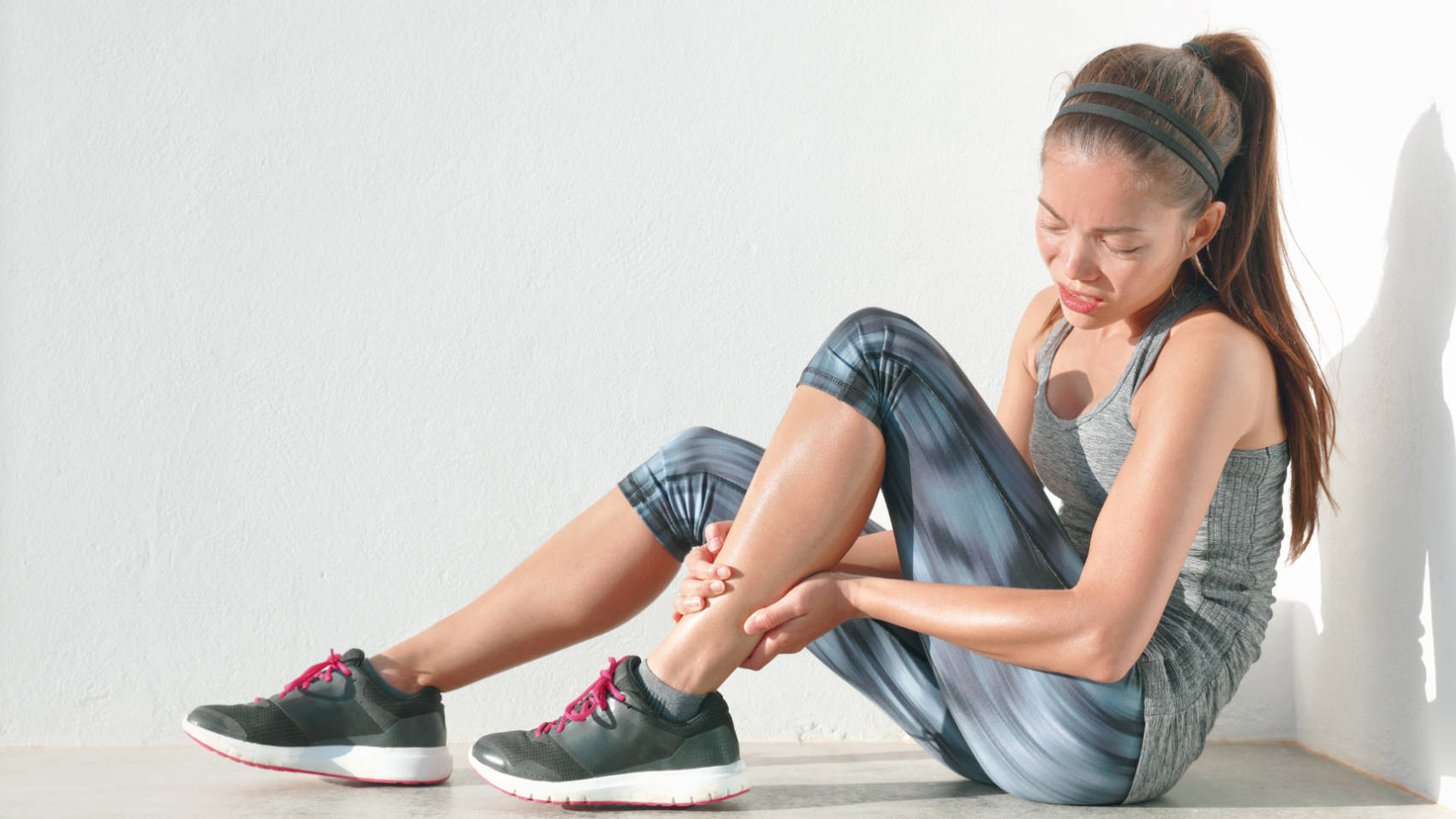Ever heard of DOMS? Well, if you’ve ever woken up the morning after a tough day at the gym, and you can barely walk down stairs or get off a chair because your legs are so sore, then you actually already know what DOMS is.
DOMS stands for Delayed Onset Muscle Soreness. It’s a normal byproduct of a tough workout when your muscles are challenged intensely, or you do something completely unfamiliar and new. DOMS is particularly common after a workout involving a lot of “eccentric” or “negative” muscle contraction when the lowering phase of the movement is slow and controlled.
Back in the day, people thought that DOMS was caused by a buildup of lactic acid in the muscle, which is essentially a metabolic by-product. These days, that theory has largely been dismissed. Instead, DOMS is thought to be the result of microtrauma to muscle fibers and other connective tissue. When your muscle fibers heal from this microtrauma during rest days, they get stronger, which in turn makes you stronger (a nod to why proper rest and recovery is so important, by the way: you don’t get fitter during your workout—you get fitter during your rest!).
You May Also Like: Explore the Benefits of Pre-Workout Meditation
How to Minimize & Prevent Delayed Onset Muscle Soreness (DOMS)
Of course, just because you don’t get DOMS after every workout session doesn’t necessarily mean that you didn’t get a good enough workout in. Plus, severe DOMS may even impair your ability to hit it hard at your next workout session, let alone the fact that your sore and stiff muscles can be super uncomfortable.
So, take some tips from the pros and try these three post-workout tricks to prevent or reduce DOMS the next time you have a killer training day:
1.Start every session with a proper warm-up
Preparing your muscles for heavy work by increasing circulation and loosening up connective tissue is key. Try running through some light movements with the muscle groups you plan on using during your session.
2. Use a foam roll post-workout

Rolling around on a foam roller is a form of self-myofascial release. It can help release trigger points, speed recovery, relax sore muscles, re-establish proper movement patterns. Warning: it doesn’t feel good, but it’s not causing damage. If anything, foam rolling will help you prevent injury by breaking up adhesions and stimulating blood flow to the targeted area.
3. Drink tart cherry juice or blueberry juice
Dosing yourself with some antioxidants before or after your workout may help reduce inflammation and facilitate tissue healing. You can also try adding a tablespoon of apple cider vinegar, as this has been shown to reduce fatigue and DOMS, as well.
Is DOMS bumming you out? Give one of these above tricks a try and let us know if it helps!


